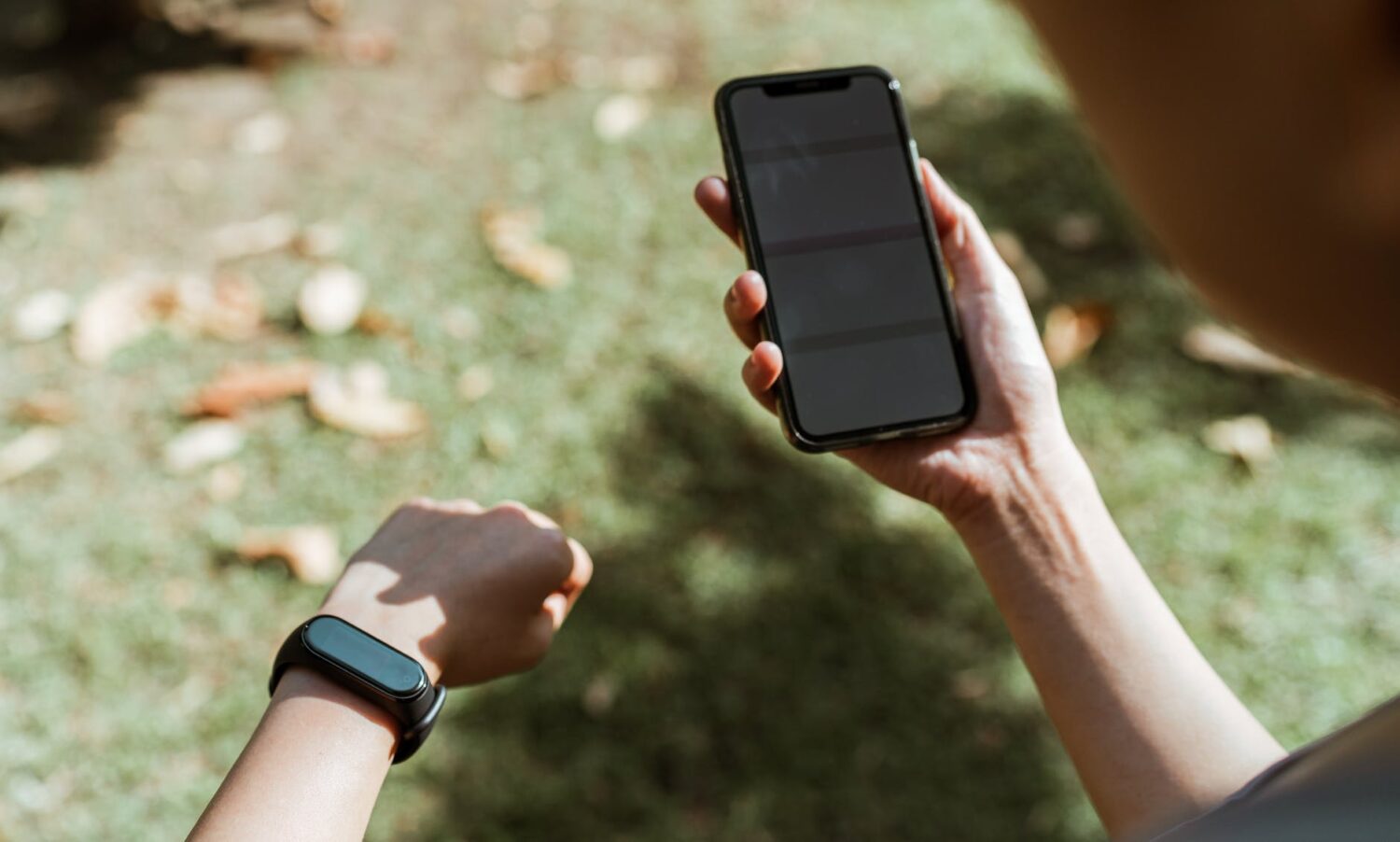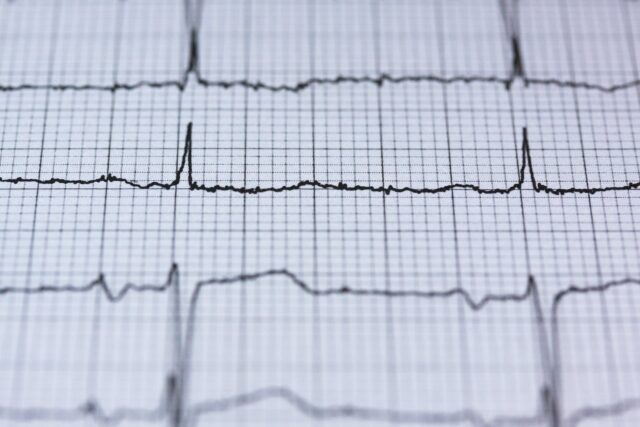
Today’s fast pace of life leads to excessive activity of the sympathetic nervous system, which affects both blood pressure and heart rate. Heart rate varies and that is why it is important to monitor your heart rate. If you do this regularly, you will immediately know if there has been a significant change. Such changes can indicate different types of diseases, but they can also be a symptom of fatigue, stress, etc. That is why it is important to identify early changes in order to prevent bigger problems and harmonize life with your heart rhythm.
Heart rate variability monitors will help you with that. It is recommended for exercisers, the elderly, the sick and anyone who wants to monitor their health. Pulse control is neglected, although it is an important risk factor for cardiovascular disease. Learn all about heart rate variability monitors and how they can help you improve your health.
How do I measure my heart rate?

The heart rate of different people, at rest, differs significantly. Thus, what is normal and healthy for one person may not be for another. Fortunately, there are gadgets that will give you a better insight into what is normal for you. Differences in heart rate during rest depend on the following factors: age, sex, body weight, quality sleep. The pulse is best registered and felt in certain points of the body where the larger arteries are located just below the skin – on the wrist and neck.
Therefore, you will gently press two fingers on both sides of the trachea if you decide to measure the pulse on the neck. If you want to measure the pulse on the wrist, use the other hand and feel the pulsation of the heart in the area of the wrist with the fingertips of the other hand. When measuring, use a clock, count the beats for one minute or 30 seconds. So, you can assume for yourself how the heart rate is monitored, the heart rate is measured over the phone without that sensor. Heart rate variability is not the same as heart rate, since HRV is amount of time between your heartbeats, and not number of heartbeats during one minute.
What are heart rate variability monitors?

It is a relatively new method that assesses the effect of stress on your body. Experts associate high HRV with good health and fitness levels, while reduced HRV is associated with stress, fatigue or burnout. Technology successfully monitors your condition during various activities. For example, it monitors the resting heart rate, which is usually in the morning during a one-minute test.
Once you have established the baseline, the software, like Welltory, which is one of the best, if not the best hrv app, compares your daily readings with the baseline. This way you will find out whether there have been significant changes or not. This is very useful for people who have daily workouts, because you can use the charts to track your progress.
What type of heart rate monitor should I buy?

While considering different types of monitors, it is important to consider several factors. Your needs come first. If you are an athlete, you will probably opt for a device such as a watch. He will be with you all the time and will not move during hard activities. However, there is a difference between exercisers. You may not need some functions if you exercise only three times a week and have milder workouts.
In that case, you will not have to opt for a heart rate monitor used by professional athletes. There are different devices that are designed for different needs. Don’t forget to take into account your age, job, daily activities, health, etc.
Change in heart rhythm

When someone’s heart rate variability changes per minute during the week or month, it can cause changes in the health of the cardiovascular system or the development of mental health. These can be a problem with the thyroid gland, infections, the menstrual cycle or some other acute change. Stress and anxiety are also common conditions in which there is a change in heart rhythm. Such changes can lead to serious conditions such as bradycardia and tachycardia.
Bradycardia and tachycardia

These two conditions are related to an unbalanced heart rate. For example, bradycardia is a condition in a person who has less than 60 beats per minute. This is mainly due to sleep disorders or autonomic disorders. It also occurs due to increased pressure in the ventricles of the brain or due to taking beta-blockers, initial infarction, etc.
Tachycardia is a heart rate higher than 100 beats per minute. They are caused by low blood pressure, fever, infections, smoking, etc. Fortunately, these conditions can be very easily identified today using heart rate variability monitors.
How to improve heart rate variability?

Once you get the right heart rate variability monitor, you will have significant information about the condition of your body. This means that you have the opportunity to improve cardiovascular health, endurance and heart rate variability. Whether your motive is better health or performance, there are a few basic tips that will help you. For example, create a recovery day schedule. If you have hard workouts every day, without a day of fatigue, your body will be exhausted.
Allow your body to rest by scheduling active recovery workouts or skipping a few days of training. Don’t forget to hydrate, because that will improve circulation and stimulate the flow of oxygen to the body. This will have a positive effect on training, health and stress.
Avoid poor nutrition, because it automatically affects your heart rate variability. Finally, stay consistent with healthy living habits and continue to monitor your heart rate.
Although some habits may seem like a burden to you, it is only at the beginning. Your body will adjust soon.
Conclusion
Heart rate is an important and reliable way to find out the condition of your heart and the health of the entire bloodstream. The technique of measuring the pulse is very useful and not difficult to learn at all. However, it is much easier to use technology that will allow you to measure more accurately and easily. You can save your results for the future, and you can keep records with your personal profiles.









